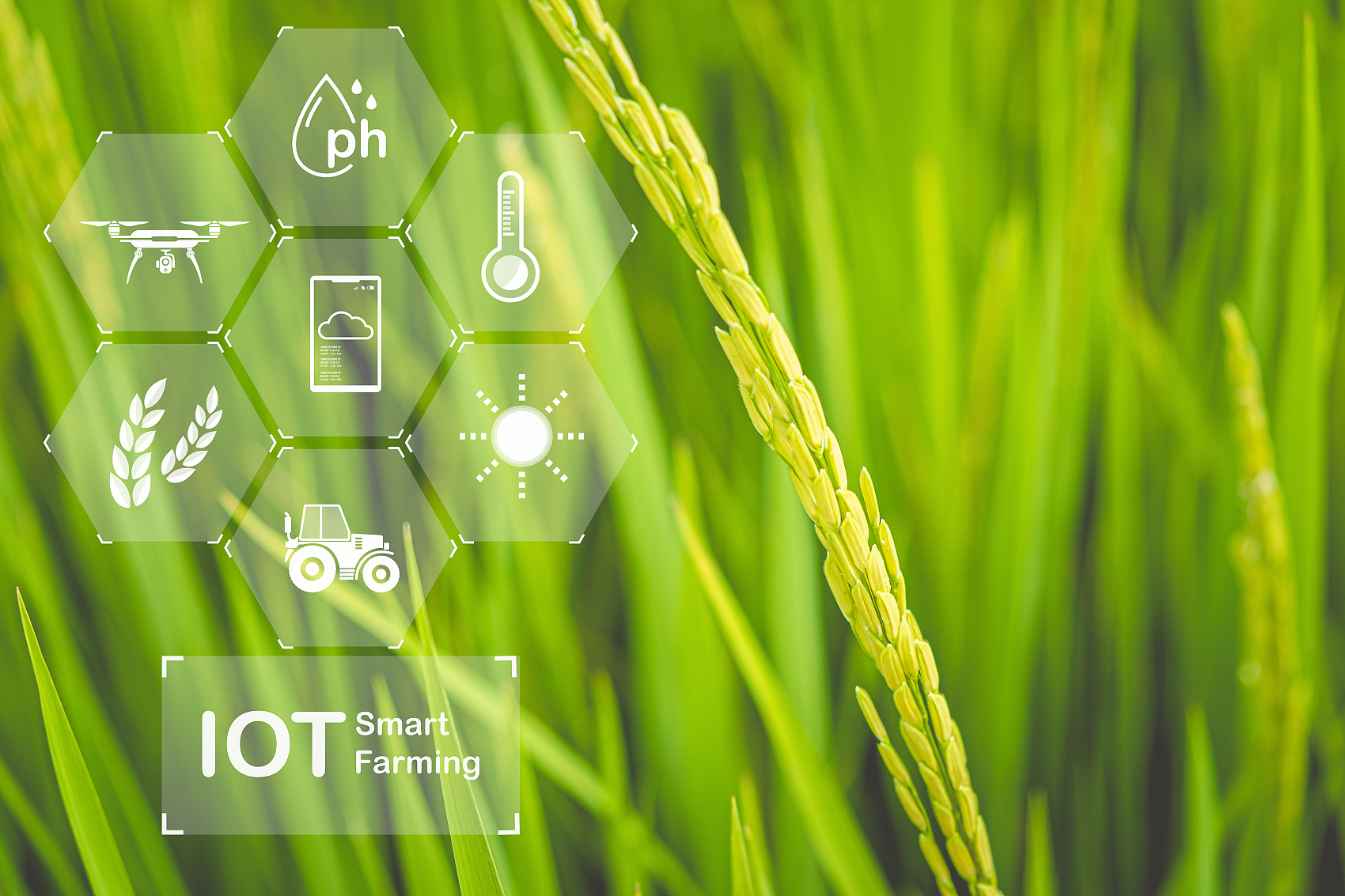Modern farming is no longer based on guesswork — it’s built on data. As smart agriculture evolves, farmers around the world are adopting precision monitoring tools to better understand their soil conditions. Among these, the pointer-type soil sensor remains a practical and cost-effective choice for real-time soil analysis, helping improve crop yields and optimize resource use.
A pointer-type soil sensor is a manual measuring device that provides instant readings of soil parameters such as moisture, pH, and fertility (NPK) through a mechanical dial or needle display.
Unlike digital soil sensors that require data loggers or wireless modules, the pointer-type sensor uses an analog system — the needle “points” to a scale based on electrical conductivity or chemical reactions in the soil.
This simplicity makes it ideal for:
Small farms and gardens
Greenhouse management
Soil testing before planting
Educational and research purposes
Prepare the test area — Loosen the soil surface and remove stones or debris.
Insert the probe — Push the metal probe vertically into the soil (10–15 cm deep).
Wait 10–30 seconds — Allow the pointer to stabilize for an accurate reading.
Record the value — Read the soil moisture, pH, or nutrient level directly from the dial.
Clean and store — Wipe the probe with a soft cloth to prevent rust or contamination.
Tip: For large fields, take readings from multiple spots and calculate the average. This ensures a representative soil condition profile.

Although the pointer-type soil sensor looks traditional, it complements modern smart agriculture systems by providing fast, field-based calibration data. It serves as a valuable backup to digital sensors, confirming accuracy in real conditions.
Coda Sensor’s integrated systems combine real-time wireless soil monitoring with manual field validation, ensuring reliable and precise data for every layer of the farming process.
Example 1: Greenhouse Precision Farming in Korea
A greenhouse project in southern Korea used pointer-type sensors alongside Coda Sensor soil temperature and humidity sensors.
Manual readings showed soil moisture at 45–55%.
IoT sensors confirmed stable humidity levels of 50% across the field.
By synchronizing both datasets, irrigation frequency was reduced by 20%, saving water and energy while maintaining healthy tomato growth.
Example 2: Soil Fertility Testing in Cyprus Solar Farm
Before installing photovoltaic modules, engineers used pointer-type soil pH and NPK sensors to evaluate soil fertility for vegetation planning.
Soil pH averaged 6.8, suitable for native grass.
Nitrogen levels were moderate, reducing the need for fertilizer.
This resulted in 15% cost savings in soil treatment and faster ecological restoration.
Pointer-type soil sensors work best when combined with modern digital probes such as:
Soil Temperature & Humidity Sensors – Monitor moisture and heat dynamics for irrigation automation.
Soil NPK Sensors – Measure nutrient concentration for precision fertilization.
Soil pH Sensors – Track acidity levels affecting nutrient absorption.
When these devices are connected to Coda Sensor’s automatic weather stations, farmers can visualize soil and environmental data together — including rainfall, solar radiation, and air humidity — for comprehensive decision-making.
According to FAO (Food and Agriculture Organization) data:
Up to 60% of yield variation in crops is directly linked to soil conditions.
Effective soil moisture management can reduce water usage by 25–30%.
Monitoring soil nutrients (NPK) can increase fertilizer efficiency by 40%, cutting costs and pollution.
By combining instant readings from pointer-type soil sensors and continuous digital monitoring from Coda Sensor systems, farmers can achieve higher precision and sustainability in every growing season.
At Coda Sensor, we provide complete soil and environmental monitoring solutions for smart agriculture, including:
Pointer-type soil sensors for quick field testing
Wireless soil probes for continuous monitoring
Integrated weather stations for environmental correlation
Cloud-based visualization for real-time analysis
Whether for research farms, irrigation control, or sustainable crop production, Coda Sensor delivers tools that help growers make data-driven decisions and protect soil health.
The pointer-type soil sensor remains a simple yet powerful tool for understanding soil conditions. When combined with advanced solutions from Coda Sensor — including soil temperature and humidity sensors, soil NPK sensors, and soil pH sensors — farmers can unlock the full potential of smart agriculture.
Through precise soil monitoring and data integration, agriculture becomes not just productive, but sustainable.
Discover how real-time weather station data impr
Discover how Automatic Weather Stations (AWS) ar
Discover how CODA gas sensors are the invisible
Contact: Molly
Phone: +86-17775769236
Tel: 86-0731-85117089
Email: molly@codasensor.com
Add: Building S5, Aux Square, Yuelu District, Changsha City, Hunan Province, China
We chat